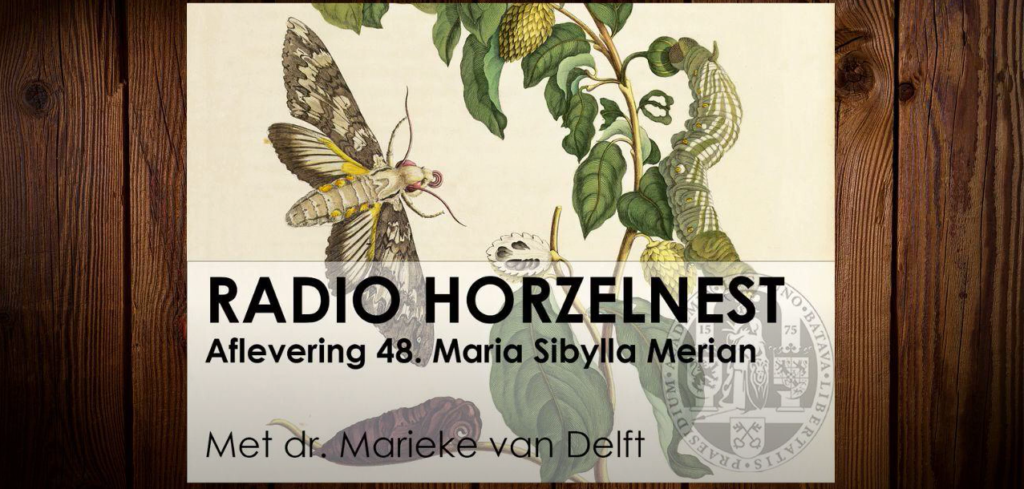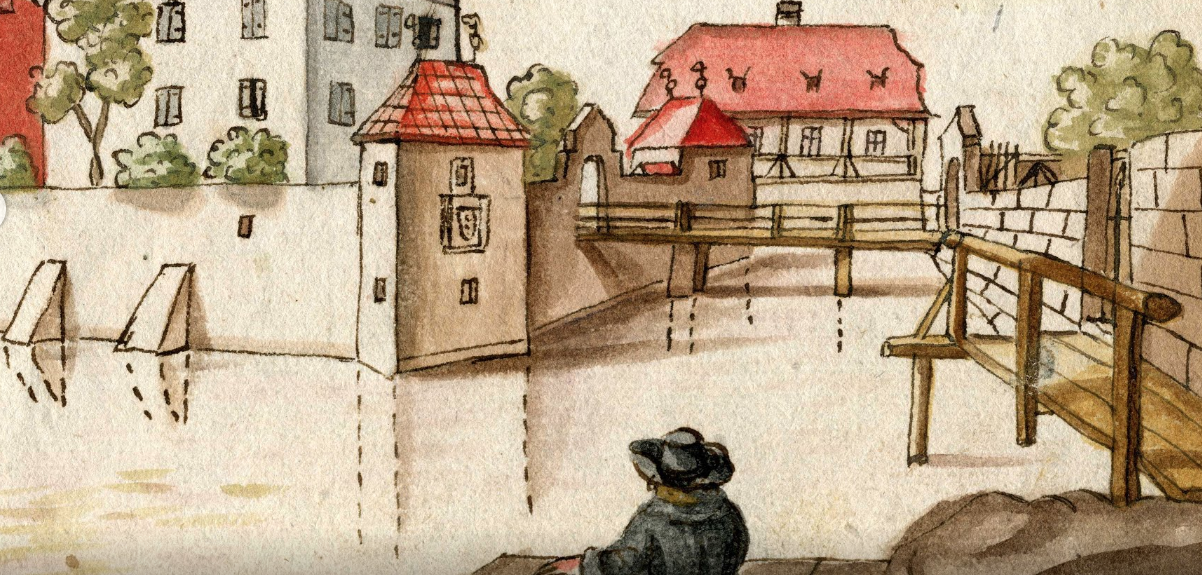INTERVIEW WITH MARIEKE VAN DELFT ABOUT MERIAN
In December 2022 Marieke van Delft - formerly curator of Early Printed editions at KB, national library of the Netherlands and one of the editors of Changing the Nature of Art and Sciencehere in Dutch.

INTERVIEW WITH MARIEKE VAN DELFT
In December 2022 Marieke van Delft - former curator of Early Printed editions at KB, national library of the Netherlands and one of the authors and editors of Changing the Nature of Art and Science - was interviewed for a podcast of the University Leiden (Radio Horzelnest) about the life and work of Maria Sibylla Merian. She also discusses the new insights that are presented in this recent publication on Merian. You can listen to the interview HERE (in Dutch).

MERIANIN.DE: NEW INTRIGUING WEBSITE WITH FOCUS ON MERIAN’S NUREMBERG PERIOD 1668-1682
www.merianin.de
The beautifully illustrated website on Merian developed by Margot and Dieter Lölhöffel is a rich resource based on years of work in their home city of Nuremberg. In this city she started her carreer with the help of her husband and many people in her cultural network. In German and English, the site presents detailed information on Merian’s life, including high resolution images from archives not previously published. The page on ‘Nuremberg Works’ includes links to digital copies of several of her early works- just one example of the sources provided in this valuable addition to Merian studies. Furthermore, it connects the work of the 'first ecologist' with current projects in Nuremberg protecting insects and biodiversity.

